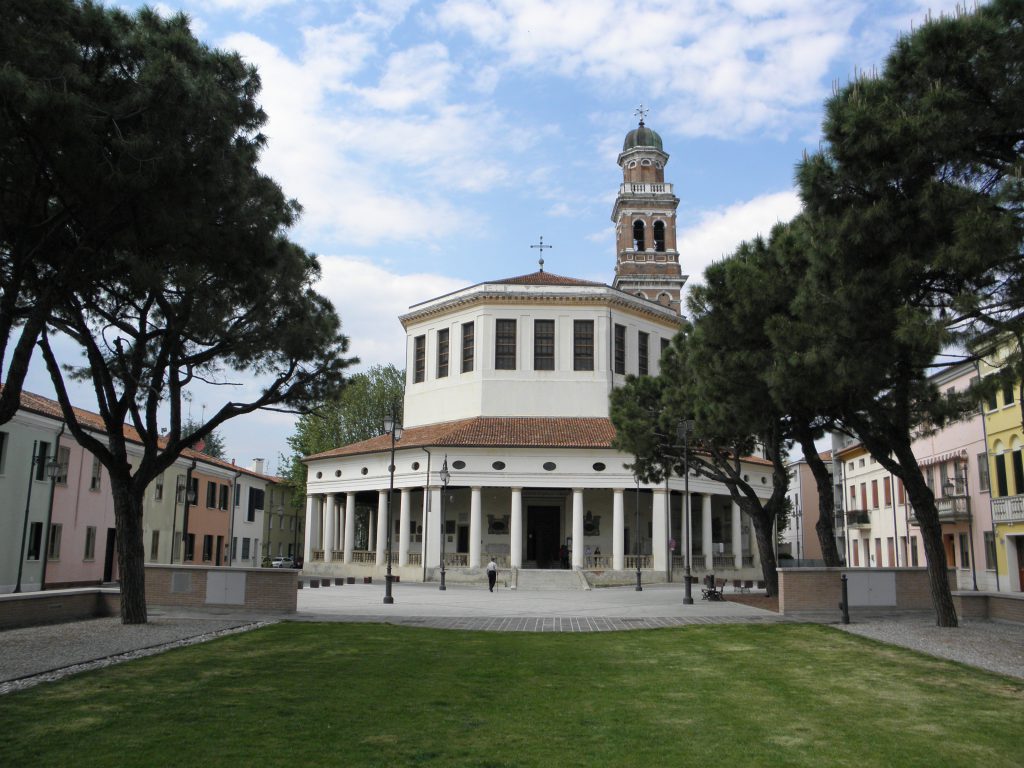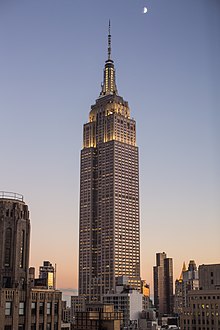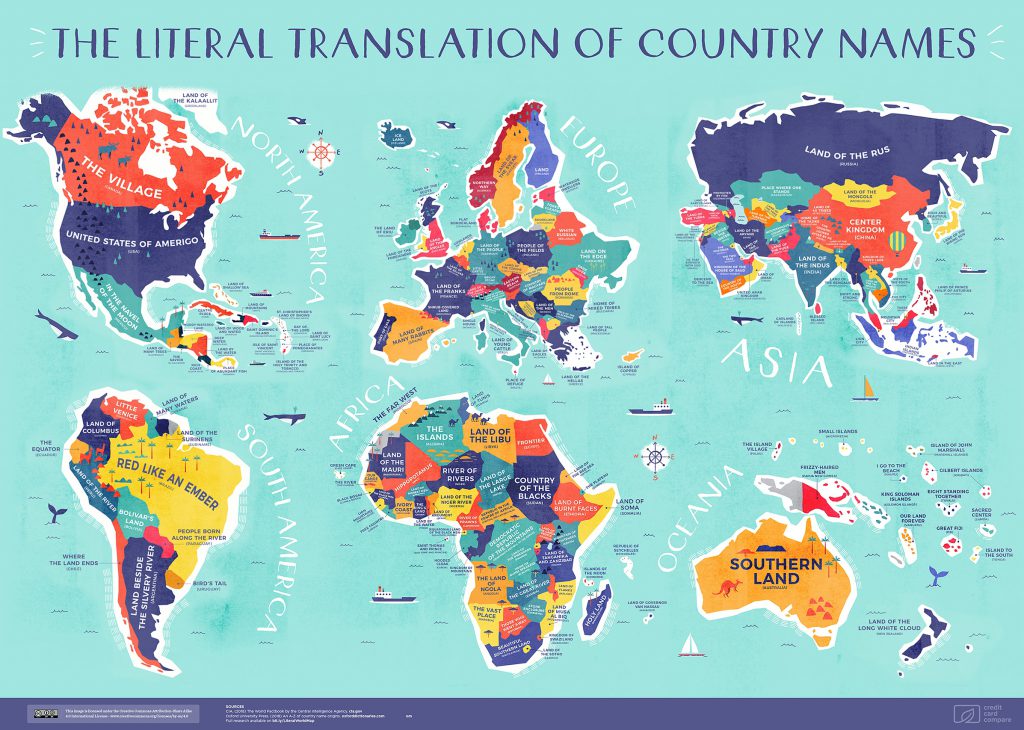I recently had to translate a piece about Rovigo, a lovely town by the Po River not too far from Venice. The text featured the name of a 16th-century landmark building known in Italian as Chiesa della Beata Vergine del Soccorso, not exactly a sobriquet that easily trips off your tongue if you’re asking for directions, but still a celestial label nonetheless. Ought it be translated? If only for the sake of any befuddled tourists chancing upon this majestically octagonal piece of architecture?
Because it is descriptive and not a household name in English-speaking countries, or a name whose meaning could easily be inferred (e.g. Arc de Triomphe), I chose to pursue the matter further.

Not being on a first-name basis with anything remotely liturgical, biblical or religious at large, I immediately went online to see what my options were. And boy, was I deluged with some interesting turns of phrases. Here’s what I found:
- Temple of the Blessed Virgin of Assistance
- Temple of the Blessed Virgin of the Rescue
- Temple of the Blessed Virgin of Help
- Temple of the Blessed Virgin of Succour
Needless to say, none of these struck me as appropriate though I had found them on fairly specific websites relating to the subject matter. I eventually opted for the rovigotourism. com website, which translates it – it seems to me more aptly – as ‘Virgin of Relief’. I then cross-checked my references by typing in the Spanish equivalent Virgen del Socorro to see what that would lead me to. And sure enough, I found it again in a 1914 book by Ralph Emerson Twitchell titled The Spanish Archives of New Mexico.
Interestingly, as I was researching this particular piece of information, I noticed that more recent publications may tend to preserve the original name, i.e., Virgen del Socorro. Which brings up the question: should place-names and proper names be translated?


Translating place names and buildings is a tricky subject. Much depends on the language combination, how close two given cultures are to one another and to what extent they have influenced one another. Language proximity is a factor as is the nature of the text that is being translated. For instance, it is a good idea and for titles of paintings or longer descriptives names to be offered in translation to foreign patrons and visitors alike. And it’s all the more important to do so if they’re urgently seeking relief from a higher being.

